Escholzia: description and varieties, planting and care

The Echscholzia field plant, which also received the name "flower of the sun" for its appearance, attracts the attention of gardeners with its decorative and unpretentious care. Even a novice amateur summer resident can grow a culture without problems, but simple care rules still need to be followed throughout the season. Let's take a closer look at the description of planting and caring for a plant.

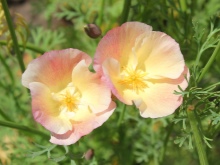
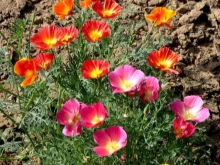
Peculiarities
The culture got its name thanks to the Russian doctor Johann von Echscholz, who first demonstrated the seeds of the plant in Russia. Also, the people call the flower "Californian poppy" or "wormwood" - the last name is associated with the similarity of the leaves of escholzia with wormwood.
The culture belongs to perennial or annual herbaceous plants of the Poppy family. It is more often grown as an annual. This representative of the flora was mainly distributed in North America and California.
The shrub reaches a size of 15-50 cm, it branches strongly, and its foliage is distinguished by the presence of a bluish bloom. The flowers are simple, double and semi-double, according to their description, they can be compared with poppy cups.
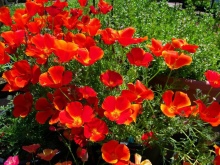
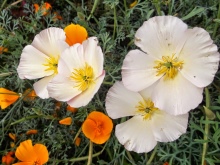
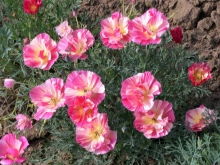
The diameter of the flowers is determined by the specifics of the variety and species, usually this parameter ranges from 2 to 8 cm. The classic color of the petals is considered to be white, yellow, orange shades.
The culture attracts gardeners with its long flowering. In this case, the life of each opened flower is limited to 3-5 days, after which it dries up and is replaced by a new flower. This process can continue until frost, however, subject to all the rules of agricultural technology. Usually, to preserve aesthetics and prevent self-seeding, it is customary to eliminate dried inflorescences. Only flowers suitable for collecting seeds can be left, if necessary.
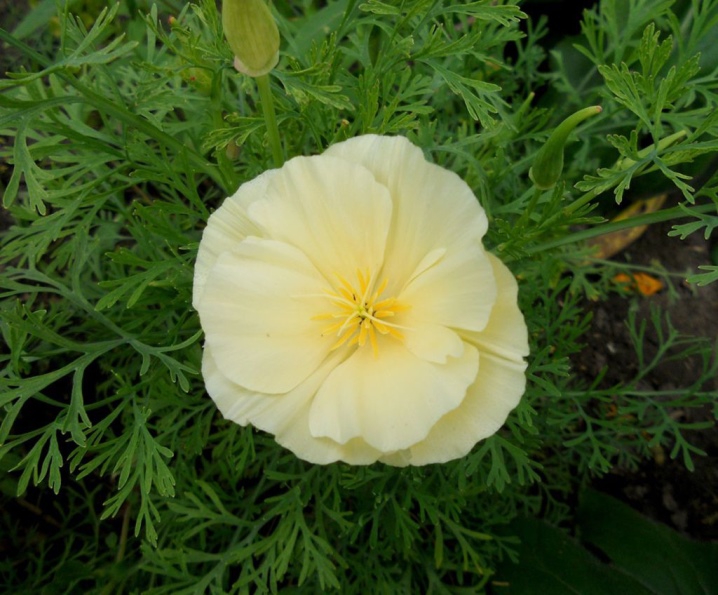
The homeland of the flower is the warm climate of the subtropics, but it is well adapted to the harsh Russian conditions. The process is very interesting when the flowers roll their petals at night or during a cold snap and precipitation, so you can observe the beauty of buds, similar to butterflies, only during the day and in sunny weather.
A feature of the culture is the possibility of planting it near other plants. For example, to create a beautiful flower arrangement, you can plant it next to purslane, iberis, carnations, mattiola. A picturesque landscape is obtained by planting this plant among boxwood, thuja, juniper. It is possible to use the culture to design an alpine slide, lawns, garden alleys, it looks aesthetically pleasing both in single and collective plantings.
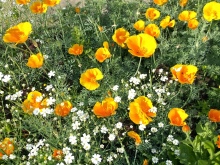
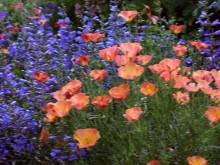
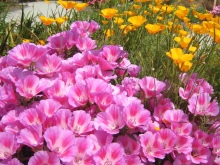
It is worth noting the fact that the presented culture is a good honey plant, and therefore it is often grown in the garden not only as an ornamental flower, but also to attract bees. Its medicinal properties are also well studied. For example, on the basis of the plant, sedatives and pain relievers are produced. So, in France, this flower is a common raw material for the pharmaceutical industry... The main advantage of Escholtia-based drugs is the absence of unwanted side effects, which is very rare for benzodiazepine drugs.

Types and varieties
In total, about 10 types of "colors of the sun" are known, but by the most common are the following varieties.
California. It is a sprawling shrub up to half a meter in size, this species includes numerous varieties of the most varied colors.

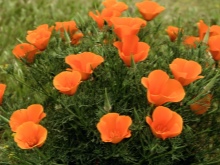
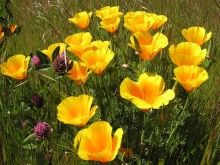
Soddy. Includes low-growing varieties that do not exceed 15 cm in size. Usually characterized by bright yellow flowers.
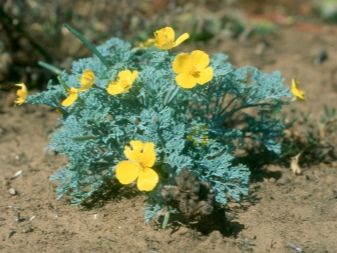
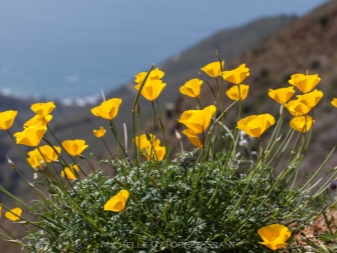
Lobby. It belongs to a rare species, in nature it can be found only in the mountainous regions of North America.

Of all the varieties presented, the most popular category is the Californian species and their hybrids. The following varieties deserve special attention of gardeners.
"Mix of colors"
Differs in decorativeness, which is achieved by gray-green delicate foliage. It grows up to 40 cm. The stem is erect, thin, covered with many naked shoots. The flowers are presented in the form of cups, their diameter is 4-5 cm. The color can be varied. Flowering is characterized by abundance and splendor, lasts from June to October. Looks beautiful when decorating flower beds, ridges, rocky hills.
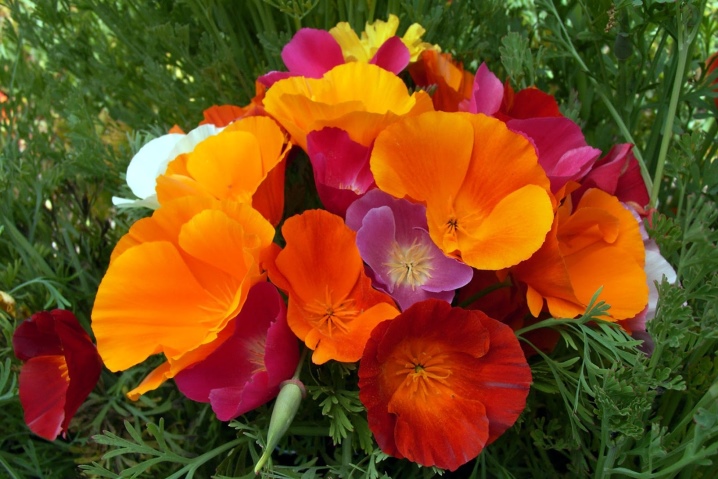
"Ballerina"
This variety attracts flower growers with its large semi-double flowers with corrugated soft salmon petals. The shrub reaches a size of 40 cm. Often during cultivation, the seeds of the "Ballerina" are combined with other hybrids to obtain an interesting composition. Also, the variety looks picturesque when decorating garden beds, alpine slides and lawns.
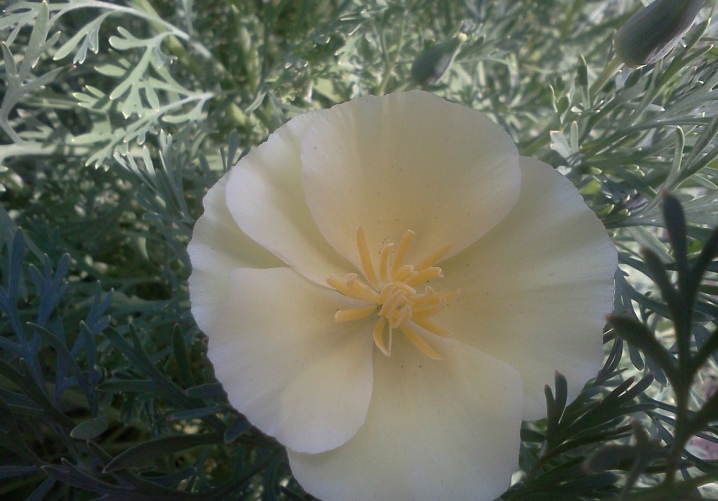
"Chiffon"
This variety is a mixture of specimens of various sizes, on average, the height of the plantings turns out to be 35-40 cm.The petals are slightly corrugated, the flowers themselves are lush, can be presented in yellow, pink, red, snow-white colors, but most often each flower combines at once several shades. In this regard, the bush looks harmoniously in a single planting. Its flowering begins in May and continues until the very frost.
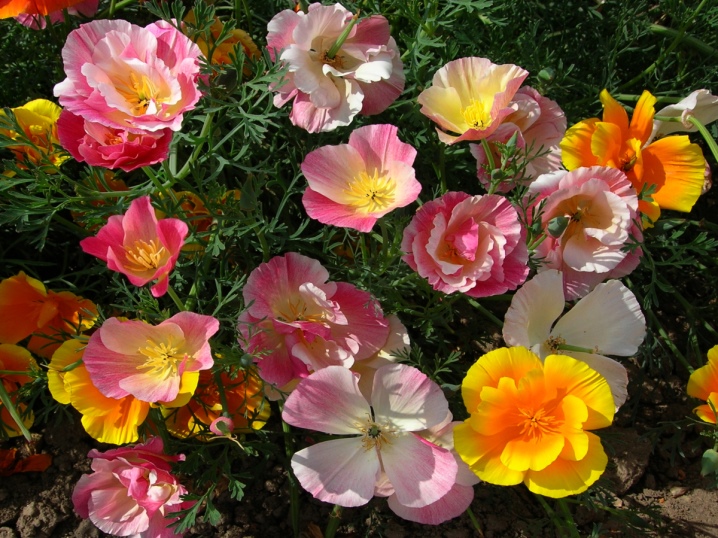
"Apple Blossom"
The most popular variety. Its attractiveness lies in the similarity of the flowers to the flowers of the apple tree, but they are larger in size: for example, the diameter of the flowers of the presented variety is 5 cm.The inflorescences are distinguished by a pale pink color, they are very double, and the petals are wavy at the edges. Also, the variety "Apple Blossom" remains a favorite among many summer residents because of its simplicity in cultivation.

"Pink silk"
The height of the plant reaches 25 cm, the stem is covered with multiple bare shoots, and the decorative appearance of the species is achieved by beautiful corrugated silvery-pink flowers with a golden spot in the center. Flowering lasts from July to October.
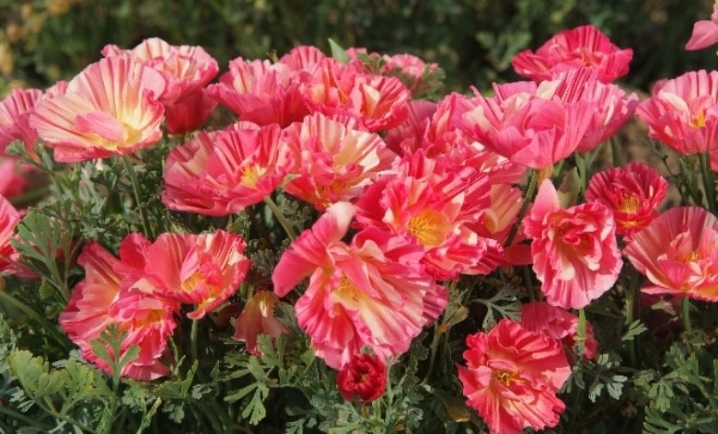
"Red Leader"
As the name implies, these flowers are distinguished by a bright rich red color. This perennial reaches a size of 40 cm, but is more often used as an annual. The diameter of the cup-shaped flowers is 5-8 cm.
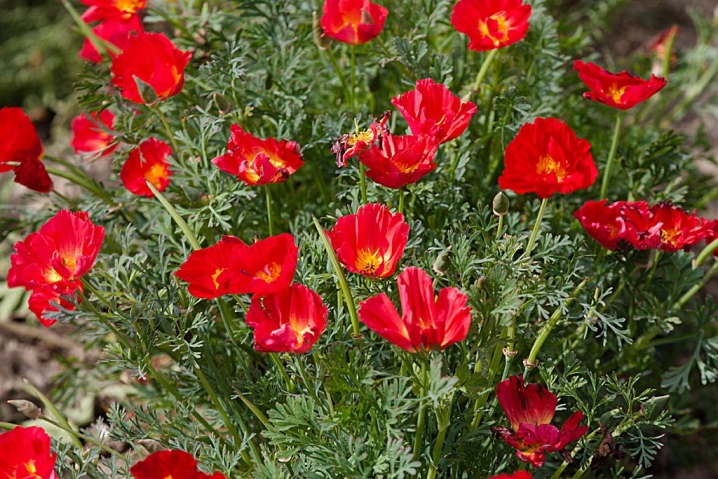
Growing seedlings at home
Seedling propagation is rarely practiced in gardening circles. This is due to the fact that the culture has a tap root system, and therefore, when transplanting seedlings, there is a high risk of injury to the root.
Because of this, the seeds are set not by direct sowing into the soil, but by planting them in peat tablets.
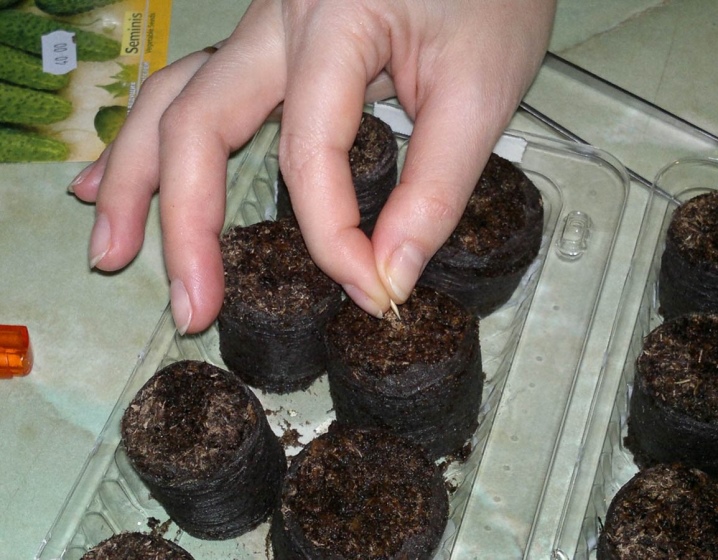
The whole process of keeping seedlings in room conditions is as follows:
place the peat tablets in a plastic container with water;
drain the remaining liquid after the tablets have absorbed most of it;
apply the seeds to the briquettes with a damp toothpick, one for each copy;
sprinkle the seeds with earth on top and sprinkle with water from a sprayer;
Cover the container with glass or transparent wrap to create a greenhouse environment.
The first shoots should hatch within 1-2 weeks. After that, the glass should be removed, and the container should be placed in a well-lit area. The favorable temperature for keeping seedlings is +20 degrees.About three weeks remain before transplanting into the garden, all this time the grower will have to carefully look after the seedlings.
So, first of all, young shoots should be adapted to the new climate. To do this, the container is taken out for the day to fresh air, and at night it is brought back into the house.
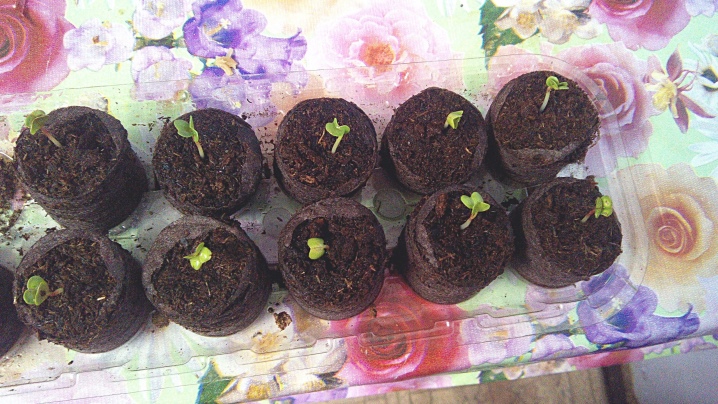
Thus, the seedlings undergo a hardening stage. Do not forget to water and feed them in a timely manner with liquid mineral fertilizer for seedlings.
Before transplanting seedlings to a summer cottage, the flower bed should be prepared. It needs to be dug up. If it is a heavy clay soil, then it is necessary to dilute it with peat and sand. The plant will feel most comfortable in a neutral or slightly acidic soil. If the soil is too acidic, then it is recommended to add dolomite flour or ash to the flower bed.
When transplanting, there is no need to make deep holes, since the root collar should be located on the surface. Maintain a distance of at least 30 cm between seedlings.
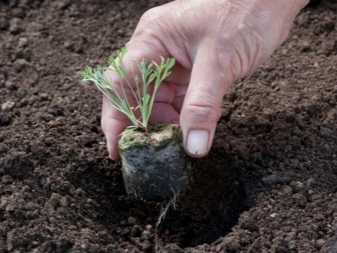
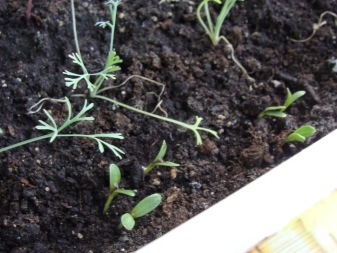
How to plant in open ground?
Seeds can be planted directly on the garden bed without seedlings. The culture does not like heavy soil and stagnant moisture. An ideal place for planting - with sandy or earth-sandy soil. The site must be well lit.
The procedure can be performed in the fall. If planting is carried out in the autumn, then the planting material is guaranteed to be viable - this phenomenon is ensured by natural stratification. Besides autumn plantings lead to early flowering - it is possible to observe the blooming of flowers already in May.
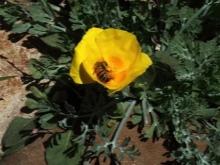


It is best to start sowing in October-November in dry weather during the first cold weather. If the procedure is performed on a warm autumn day, it will provoke the germination of the seed and the freezing of young shoots in the cold autumn-winter period.
For autumn planting, you will need to prepare grooves up to 5 cm deep in advance, and then sow, slightly deepening the seeds. Next, mulching with loose humus should be carried out on top, a layer of mulch - 2 cm. This measure is designed to prevent the hardening of the earth, which, in a frozen state, will interfere with the germination of seedlings in early spring. Some gardeners also advise covering the planting site with dry foliage for the winter.
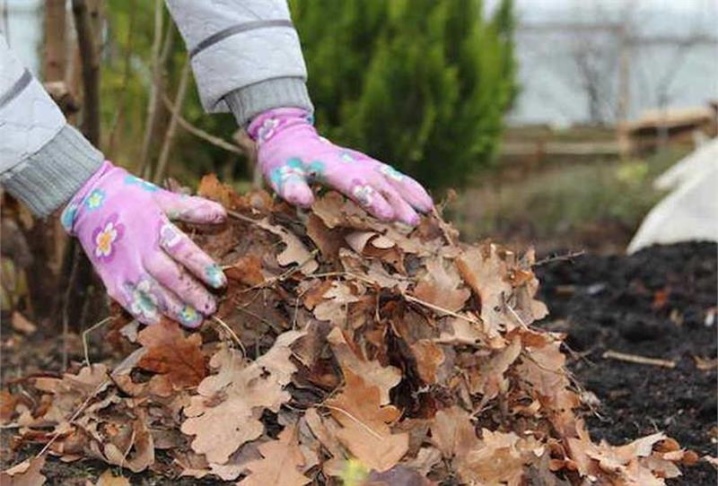
It is possible to plant seeds on a summer cottage in the spring, but for this the seeds must undergo a preparation procedure to increase germination. So, the seeds are mixed with sand, poured into a cotton bag and sent to storage on the bottom shelf of the refrigerator for about a month before it is time to sow them on the site.
A favorable period for spring planting is March-April. As a rule, at this time, the soil is already sufficiently warmed up. The seeds planted in the grooves are dug in with sand and a layer of peat is added. The first shoots should hatch within a couple of weeks.
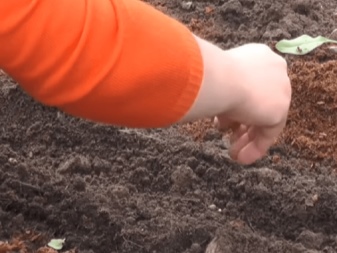
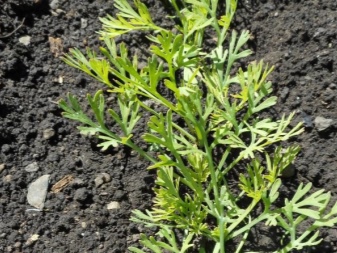
How to take care of it properly?
Watering
This is a moisture-loving culture, and therefore it should be watered regularly. It is customary to moisturize the plant 2-3 times a week. However, in this case, it is worth observing the moderation of the volume of water, since the overflow can be fatal to the flower. It is best to water during the evening hours when the main heat subsides.
If it is a soddy variety, then a smaller portion of water can be used, since this variety tolerates dry weather well and needs less moisture.
After moistening the ridge, it is advisable to lightly loosen it, then moisture and air can easily penetrate to the root system. It is advisable to remove weeds at the same time.
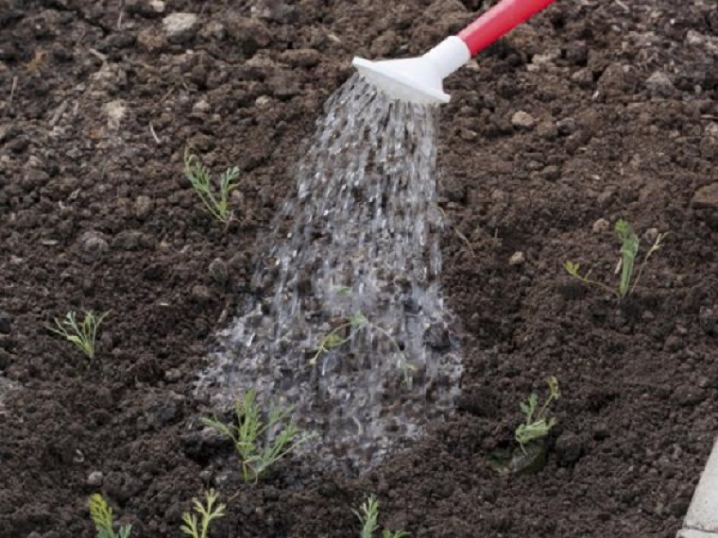
Fertilizer
To activate flowering, the plant is fertilized with mineral universal mixtures. The culture does not need regular additional nutrition, one feeding is enough before flowering and bud formation. The composition is usually diluted in water in a ratio of 1 tsp. 10 liters. Add about 2 liters of the resulting solution under each bush.

Post-flowering period
Seed collection
Seed should be harvested after flowering. Before collecting the seeds, you need to construct gauze pouches. Then they are put on a wilted flower and the seeds are waiting for the ripening. Usually, the planting material is ready within a month after flowering, it is dumped into the bag itself.
Next, the gardener should cut off the bag, shake out the seeds on a sheet of paper, dry them, place them in a paper bag or cotton bag and store them on the bottom shelf of the refrigerator. If all the collection rules were followed, then such seeds will remain viable for three years.
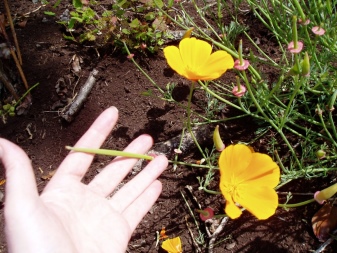

Wintering
It is a perennial crop, but in temperate latitudes it is usually kept as an annual. The fact is that the plant is very vulnerable to cold weather and, as a rule, cannot survive frost. That's why before wintering, gardeners dispose of frozen tops and prepare a site for future plantings.
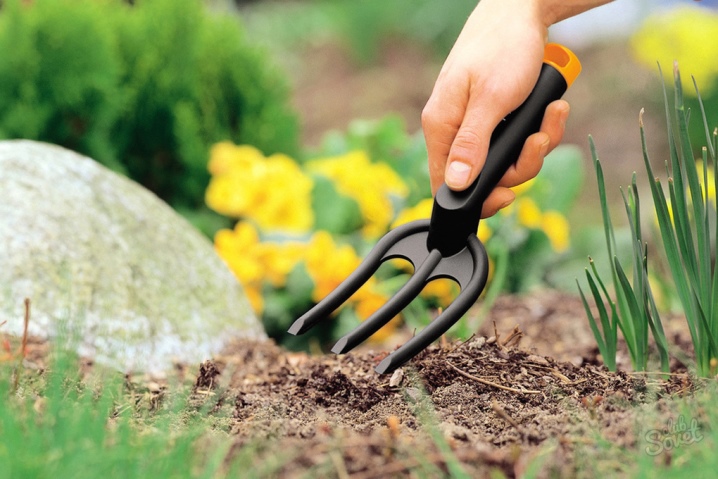
Reproduction methods
As already mentioned, the culture can be propagated by seeds or by seedling. A feature of the plant is its ability to self-sowing, and sometimes this process cannot be controlled even by an experienced gardener. Seed collection and planting methods were discussed above, and if further planting is not planned, then, as a rule, the specimen is completely dug up by winter.
During the winter, the least quality seed will die, but even in this case, in the spring, you can see the friendly shoots of the plant in the same place. If the summer resident still decided to grow the culture further, then he would only have to thin out the sprouts, feed them, moisten the earth, and after a month admire the beautiful flowering.
Growing a crop by seedling is not particularly welcome in the gardening world due to the specificity and fragility of the root system. In addition, seedlings require a lot of attention and careful care.
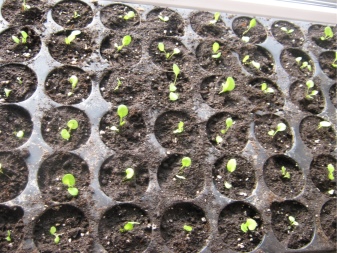
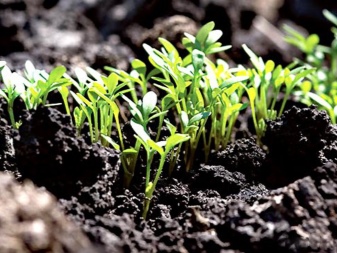
Diseases and pests
The presented culture is distinguished by high immunity against diseases and insects. However, if the rules of care are not followed, the florist runs the risk of facing these problems. So, with an excess of moisture, the plant can fall prey to root rot... This disease is indicated by the wilted state of the flower even after the watering procedure.
To make sure that there is an ailment, you should dig up the affected specimen and examine the root. In case of illness, a gray bloom with brown spots will be noticeable on it. It is better to dispose of a plant damaged by rot in order to preserve neighboring plantings.
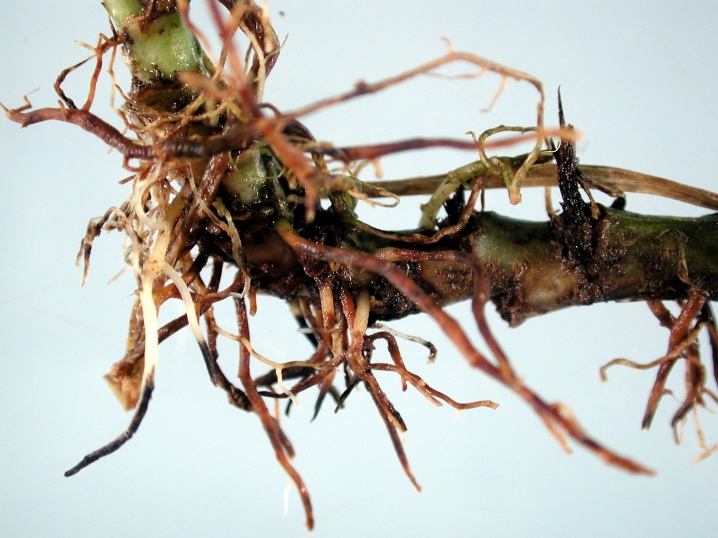
It is recommended to treat the flowerbed with fungicides, for example, Bordeaux mixture, Fundazol, Previkur, Rovralem, and copper sulfate. After that, the gardener must make an appropriate conclusion about the volume and frequency of watering.
If the flower is grown in dry summer conditions, then it is possible that it is affected by a spider mite... When an insect attacks, a cobweb is observed, running miniature spiders are noticeable on the leaf plates, which love to feast on the juice of the plant. These small creatures are capable of completely destroying the plant, so protective measures should be taken in a timely manner. The acaricides "Oberon", "Akarin", "Agravertin", "Nissoran" cope well with the spider mite.
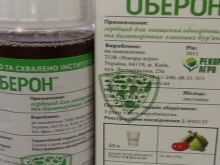
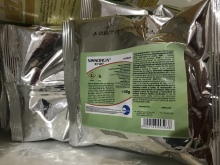
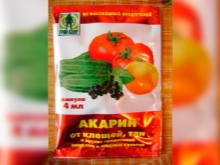
Often the culture is affected by aphids, especially the green, black and brown varieties of the insect. Insecticides "Karate", "Iskra", "Fas", "Aktellik" will help to rid the flower of aphids.
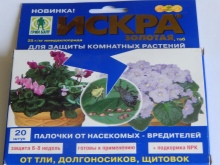
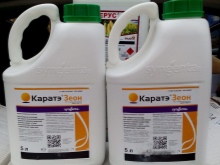
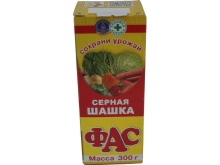
How to grow and care for escholzia, see below.







































































































The comment was sent successfully.